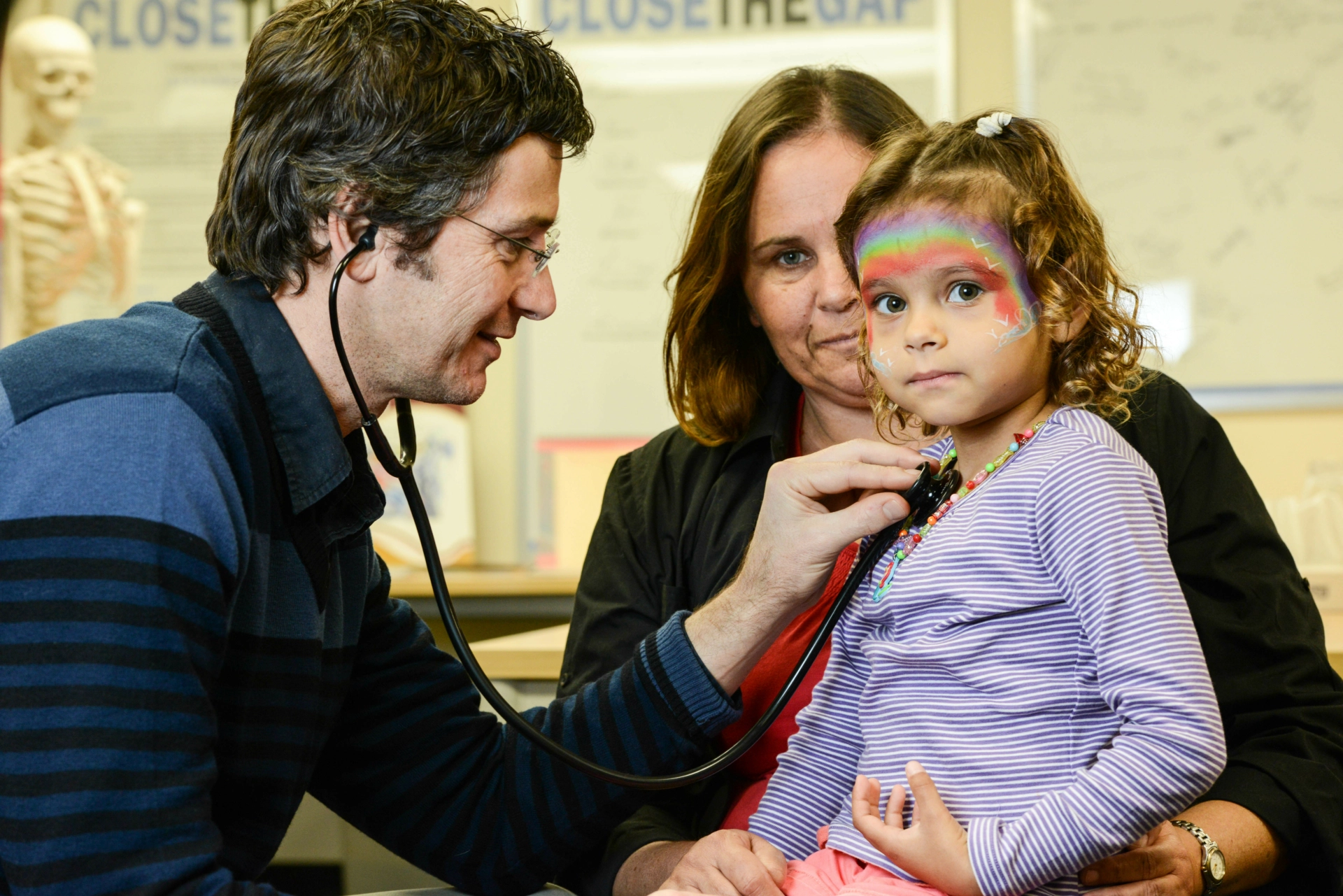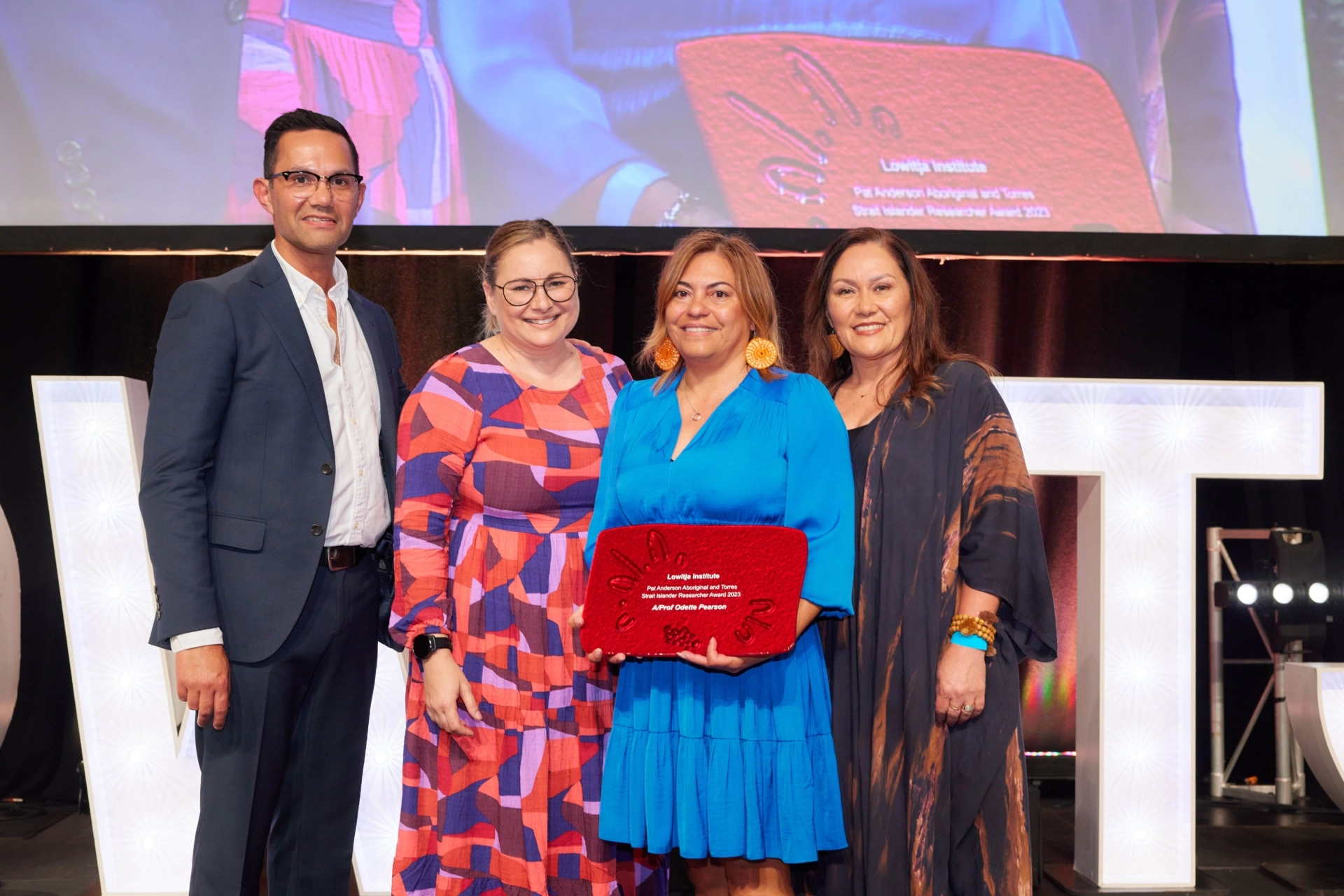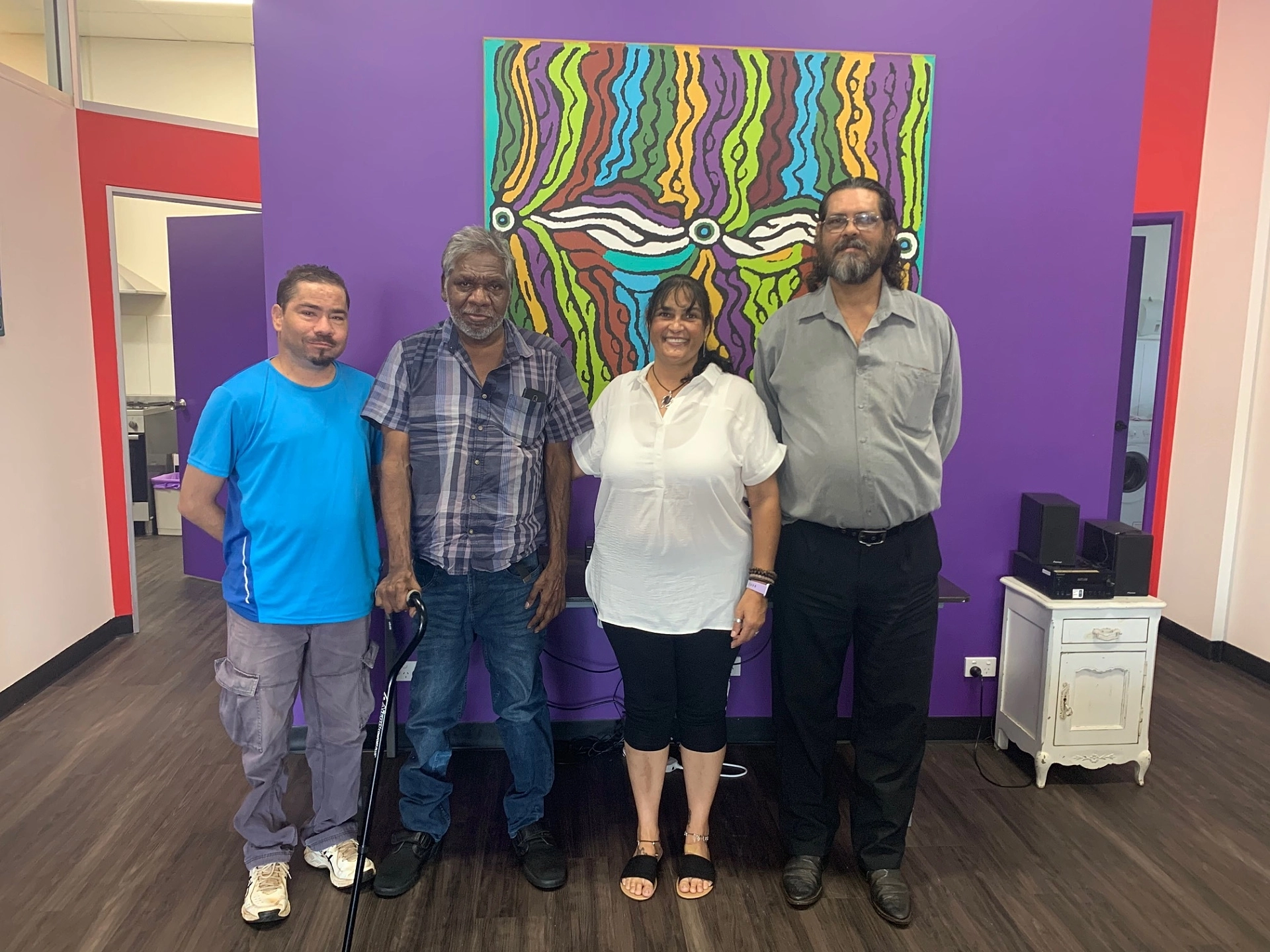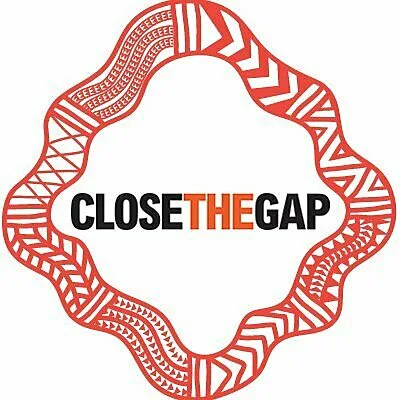A national research collaboration has identified a range of initiatives to promote more effective care for Aboriginal and Torres Strait Islander people with chronic disease.
Chronic diseases - including heart disease, kidney disease and diabetes - are major contributors to the gap in health outcomes and life expectancy between Aboriginal and Torres Strait Islanders and Australia’s non-Indigenous population.
This research, published in the journal Health Research Policy and Systems, highlights the value of needs-based investment in the primary health care systems and workforce.
Lead author Dr Uday Yadav from the Australian National University National Centre for Aboriginal and Torres Strait Islander Wellbeing Research says a comprehensive approach to chronic disease care requires social and cultural determinants of health to be addressed.
“The healthcare system must identify and address holistic needs of Aboriginal and Torres Strait Islander people and communities which include initiatives to address unmet social and cultural needs,” he said.
“For example, access to healthy and nutritious food, housing, transportation and referral networks to other allied health and community resources can improve the health and wellbeing of people. The system needs flexible funding to support this kind of referral.”
Cultural safety was found to be a key characteristic of effective primary care. In addition to actions and attitudes of staff, culturally welcoming spaces with artwork and resources can contribute to a sense of community belonging.
A/Prof Odette Pearson, co-leader of the SAHMRI’s Wardliparingga Aboriginal Health Research unit , says primary care clinics which act as hubs to connect people to other clinical and non-clinical services can also meet the social and cultural needs of the community.
“We know that Aboriginal and Torres Strait Islander leadership in healthcare design and delivery results in more accessible and effective health care for our people,” she said.
“The evidence in this review overwhelming supports this. Services can purposefully embed and support Aboriginal leadership. Implementation of these findings should be localised. Each community has its own needs, priorities and experiences. A collaborative approach to primary care that centres on the needs of the community and other stakeholders is most likely to be effective in providing effective primary care for chronic disease.”
Closing the Gap reporting figures were released by the Australian Government earlier this month. New data confirms that there is still much work to do to deliver health equity for Aboriginal and Torres Strait Islander people.
You can read the report here.





